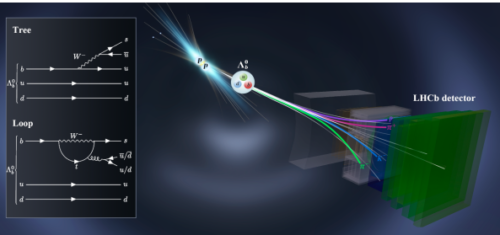2025-04-14 中国科学院(CAS)
<関連情報>
- https://english.cas.cn/newsroom/cas_media/202504/t20250414_1041137.shtml
- https://www.sciencedirect.com/science/article/pii/S209592732400673X?via%3Dihub
数年先まで予測される高山アジアの温暖化加速 Accelerated warming of High Mountain Asia predicted at multiple years ahead
Shuai Hu, Tianjun Zhou, Bo Wu
Science Bulletin Available online: 19 September 2024
DOI:https://doi.org/10.1016/j.scib.2024.09.023

Abstract
High-Mountain Asia (HMA) is an important source of freshwater since it holds the largest reservoir of frozen water outside the polar regions. HMA feeds ten great rivers, ultimately supporting more than 2 billion people. However, the threat of accelerated glacier melt, which is a consequence of unprecedented global warming since the early 1950s, threatens water resources in the surrounding countries. Accurate predictions of the near-term temperature change and synergistic mass loss of glaciers are essential but challenging to implement because of the impacts of internal climate variability. Here, based on large ensembles of state-of-the-art decadal climate prediction experiments, we provide evidence that the internally generated surface air temperature variations in HMA can be predicted multiple years in advance, and the model initialization has robust added value to the decadal prediction skill. Real-time decadal forecasts suggest that the HMA will experience accelerated warming in 2025–2032, where the surface warming will increase by 0.98 °C (0.67 to 1.33 °C; 5% to 95% range) relative to the reference period 1991–2020, which is equivalent to 1.75 times the observed warming during 2016–2023. The decadal predictability originates from extratropical Pacific decadal variability modes, which modulate the convective heating in the tropical Pacific and influence HMA via the eastward-propagating atmospheric Kelvin waves. Accelerated warming in the coming decade will likely increase the shrinkage of the glacier volume over the HMA by 1.4%. This change poses unprecedented challenges, including potential water scarcity, ecosystem disruption, and increased risk of natural disasters, to HMA and surrounding regions.



